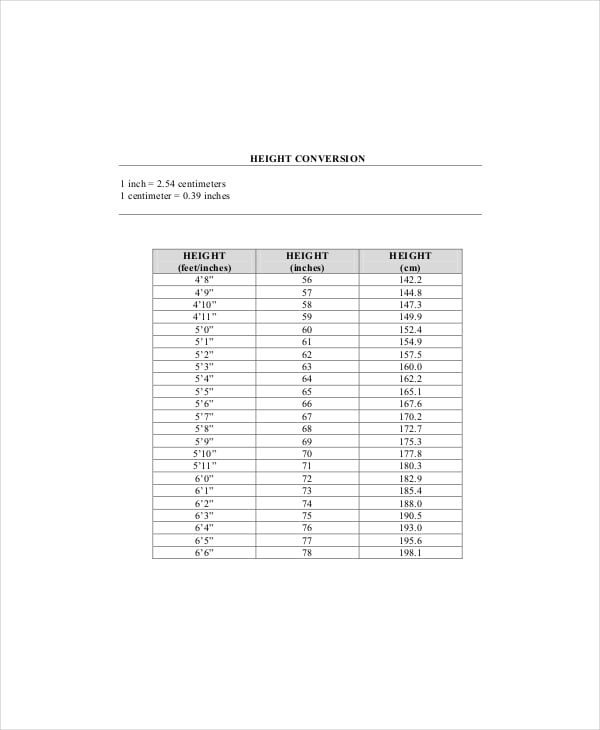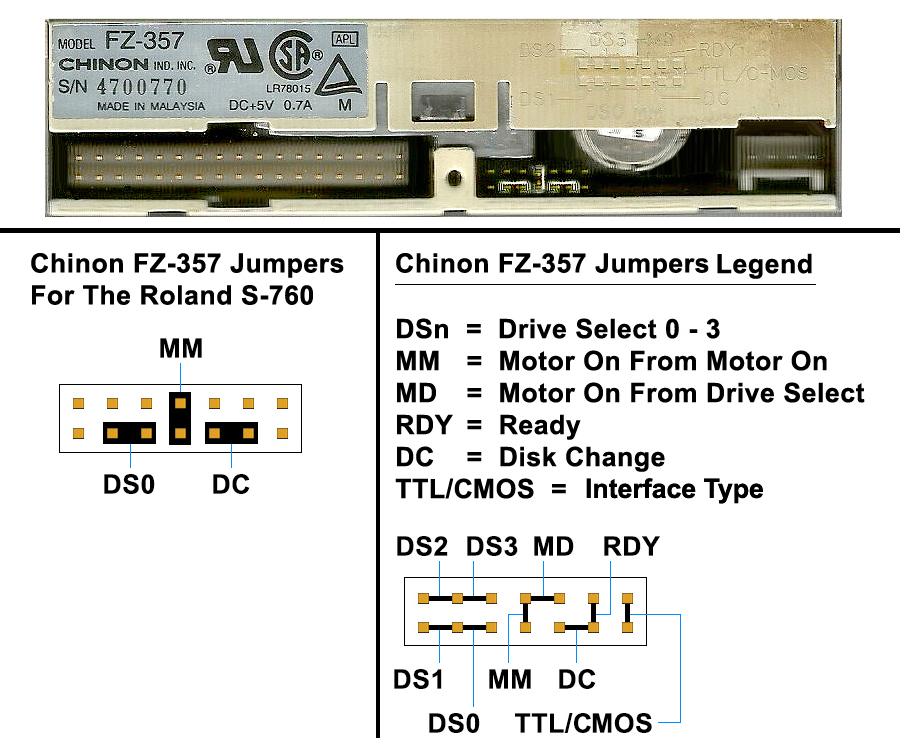
Pdf To Dsn Converter Weight Google
_ E N T E R __ H E R E::: ~~~>.
›› More information from the unit converter. How many N-m in 1 kg-m? The answer is 9.80665. We assume you are converting between newton-meter and kilogram meter. You can view more details on each measurement unit: N-m or kg-m The SI derived unit for torque is the newton meter. 1 newton meter is equal to 0.9779 kg-m. Individuals By Pf Strawson Pdf Compressor here. Currently Unavailable - You can request the next copy of this item N/A. JOSH GROBAN Awake Live (2008 US 2-disc set (2008 UK 2-disc set recorded at Salt Lake City's Energy Solutions Arena before a sold-out crowd of 15,000 thrilled fans on August 28th 2007.
In this follow-up tutorial of, continues with its comprehensive, yet easy tutorial to quickly import data into R, going from simple, flat text files to the more advanced SPSS and SAS files. As a lot of our readers noticed correctly from the first post, some great packages to import data into R haven't yet received any attention, nor did the post cover explicitly the distinction between working with normal data sets and large data sets. That is why this will be the focus of today's post. Keep on reading to discover other and new ways to import your specific file into R, and feel free to if you have additional questions or spot an error we should correct. (Try this interactive course:, to work with CSV and Excel files in R.) Getting Data From Common Sources into R Firstly, this post will go deeper into the ways of getting data from common sources, which is often spreadsheet-like data, into R. Just like with the previous post, the focus will be on reading data into R that is different from Excel or any other type of files. Next, the data from other sources like statistical software, databases, webscraping, etc.
Will be discussed. If you want to know more about the possible steps that you might need to undertake before importing your data, go to our, which explains how you can prepare your data and workspace before getting your data into R.

Reading in Flat Files Into R with scan() Besides, which was mentioned in the of the R data import tutorial, the function can also work when handling data that is stored in simple delimited text files. Unlike the function, the function returns a list or a vector, not a dataframe.
Free download achi ir pro sc manual programs. • 深圳利洋焊接设备 Shenzhen LiYang welding Equipment Co., Ltd 2、Start heating 1、Open power switch.
Suppose you have the following.txt document: 24 19 53 1962 You can read in the data (which you can download ) with the following command: data ') Getting Fixed Column Data Into R with read.fwf() To read a table of “fixed width formatted data” into a data frame in R, you can use the function from the package. You use this function when your data file has columns containing spaces, or columns with no spaces to separate them. Phys / 00 / 1: M abadda Math / 00 / 2: F bcdccb Lang / 00 / 3: F abcdab Chem / 00 / 4: M cdabaa Here, you do know that, for example, the subject values always reside in the first 7 characters of each line and the sex values are always at 22, and the scores start from character 25 to 30. If you want to try out loading these data into R, you can easily download the text file.
You would need to execute the following command to get the data from above correctly into R: read.fwf('scores.txt', widths= c(7,-14,1,-2,1,1,1,1,1,1), col.names=c('subject','sex','s1','s2','s3','s4','s5','s6'), strip.white=TRUE) Note that the widths argument gives the widths of the fixed-width fields. In this case, the first seven characters in the file are reserved for the course names; Then, you don't want the next fourteen characters to be read in: you pass -14. Next, you need one character to represent the sex, but you don't want the two following characters, so you pass -2.
All following characters need to be read in into separate columns, so you split them by passing 1,1,1,1,1,1 to the argument. Of course these values can and will differ, depending on what colums you want to import. There are a number of extra arguments that you can pass to the read.fwf()function. Click to read up on them. Note that if you want to load in a file using Fortran-style format specifications, you can use the function: data ') Note that the argument that you pass to odbcConnect() is actually a DSN. For a complete guide on how to set up your DSN, on how to set up a connection, etc., go to an extensive, yet easily accessible tutorial!
• Once you have set up your connection, you could also use the function to get data from.xls spreadsheets: query ' data ') data ', header=FALSE, as.is =!stringsAsFactors) Note that you can specify whether your spreadsheet has a header or not and whether you want to import the data “as is”, that is, whether you want to convert character variables to convert to factors. In this case, you didn't want to have this, so you gave in!stringsAsFactors. For more information on this function or its arguments, go to. Getting Excel Files Into R Besides spreadsheets, you might also be interested in getting your actual Excel files into R.